Subaru Crosstrek and Forester 'Too Popular' for Turbocharging

With the 2020 Legacy gaining improvements in the form of an optional turbocharged engine, many wonder how long it might be until the rest of Subaru’s mainstream fleet offers the manufacturer’s FA24 motor. The Ascent has it, and we already know the Outback gets it in 2020, but what about Subaru’s other volume models? What about the Crosstrek and Forester?
You’ll have to wait. Apparently, some of Subaru’s models are just too dang popular to receive turbo power. Is this a pathetic excuse or simply a grim reality the automaker must confront? Subaru, obviously, claims the latter and we’re inclined to agree, based on recent evidence. But there remains a silver lining; it probably won’t be this way forever.
“You could argue, and some people do, that for the Crosstrek we should have a higher-performance engine in that car,” Tom Doll, Subaru’s North American president, told Motor Trend at the Chicago Auto Show. “But on the other hand, we’re selling as many as we can get. We haven’t really hit the top with the Crosstrek yet. Same thing for the new Forester. The new Forester is a sensational car, and it’s a home run, particularly the Sport model that you see over here. We just can’t stock it. I think both of those car lines have a 20-day supply or less.”
While Forester sales appear to have topped out around 175,000 annual units, Subaru claims this has more to do with its own ability to manufacture vehicles at a pace capable of matching demand. We recently noted the model’s U.S. supply issues, caused by more serious problems in Japan.
Forester deliveries exploded after the recession, with Subaru moving some 702,961 units in the United States over the past four years. While the Crosstrek can’t make the same claim, last year’s volume was nearly triple that of 2013 — the model’s first full year of production. Both are now volume leaders for a brand that, by all metrics, appears overstretched due to its overwhelming success in the market.
Doll fell short of saying it this bluntly, but the gist of the situation likely comes down to Subaru not wanting to spend development funds on two models it can’t even keep sufficiently stocked. However, that doesn’t fill in all of the holes to this plot. The Crosstrek isn’t woefully slow, but it’s never really in a rush, either. Were Subaru to offer it with a beefier engine, we envision increased volume and higher margins. But the Japanese automaker already does something like that with the Crosstrek’s hybrid variant, which the company openly acknowledges has limited availability on its commercial website.
Unfortunately, the model’s shortened quarter-mile time would only be noticeable to someone holding a stopwatch. You probably wouldn’t notice from the driver’s seat.
In the short term, it makes better sense to spend energy and cash on volume rather than performance. While a couple of models with alphanumeric names serve as an exception, most of Subaru’s fleet aims for enviable economy coupled with all-wheel drive and bolstered safety, all while remaining competitively priced. That’s why you see ads about how love is “What Makes a Subaru a Subaru” and not footage of its vehicles rip-roaring through city streets against a rock-and-roll soundtrack — like you do with Dodge.
However, Doll says Subaru hasn’t ruled turbocharging the two popular models. “In the future, if we need to hit additional volume targets or if the sales wane a little bit, as a way to try to get additional interest in the car, [we could] offer a higher-performance engine,” he said. “That’s quite possible.”
We suppose this means that, if you’re hoping to get a more-powerful Crosstrek or Forester, all you have to do is not buy one for a year or two. It worked for the Outback and Legacy. After a rough 2018 (longer for the sedan), Subaru planned to reintroduce both with the 2.4-liter boxer.
[Images: Subaru]

A staunch consumer advocate tracking industry trends and regulation. Before joining TTAC, Matt spent a decade working for marketing and research firms based in NYC. Clients included several of the world’s largest automakers, global tire brands, and aftermarket part suppliers. Dissatisfied with the corporate world and resentful of having to wear suits everyday, he pivoted to writing about cars. Since then, that man has become an ardent supporter of the right-to-repair movement, been interviewed on the auto industry by national radio broadcasts, driven more rental cars than anyone ever should, participated in amateur rallying events, and received the requisite minimum training as sanctioned by the SCCA. Handy with a wrench, Matt grew up surrounded by Detroit auto workers and managed to get a pizza delivery job before he was legally eligible. He later found himself driving box trucks through Manhattan, guaranteeing future sympathy for actual truckers. He continues to conduct research pertaining to the automotive sector as an independent contractor and has since moved back to his native Michigan, closer to where the cars are born. A contrarian, Matt claims to prefer understeer — stating that front and all-wheel drive vehicles cater best to his driving style.
More by Matt Posky
Latest Car Reviews
Read moreLatest Product Reviews
Read moreRecent Comments
- MaintenanceCosts "And with ANY car, always budget for maintenance."The question is whether you have to budget a thousand bucks (or euro) a year, or a quarter of your income.
- FreedMike The NASCAR race was a dandy. That finish…
- EBFlex It’s ironic that the typical low IQ big government simps are all over this yet we’re completely silent when oil companies took massive losses during Covid. Funny how that’s fine but profits aren’t. These people have no idea how business works.
- Ajla Goldman Sachs 🥂
- Rna65689660 DVR and watch all that are aired. Has been this way for 40 years.



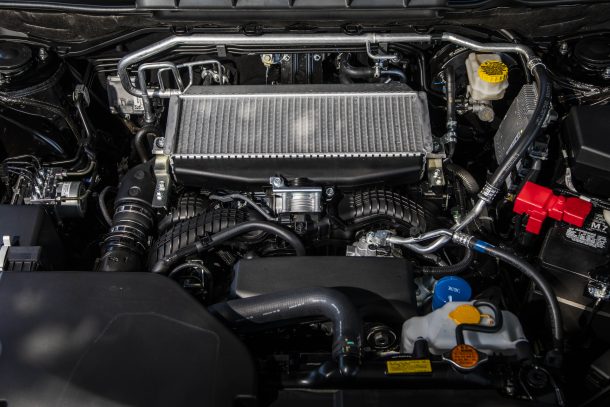














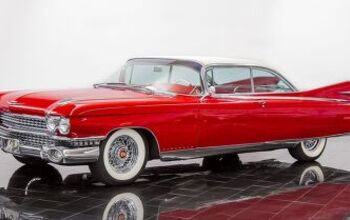


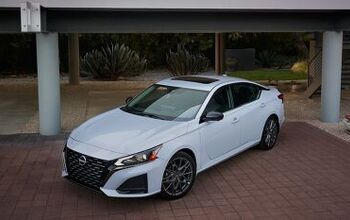
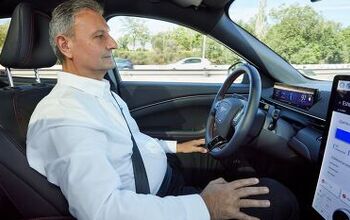
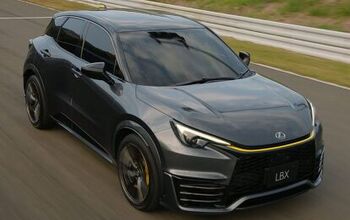
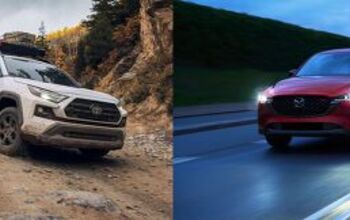
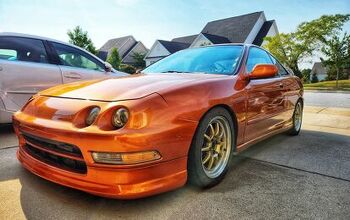
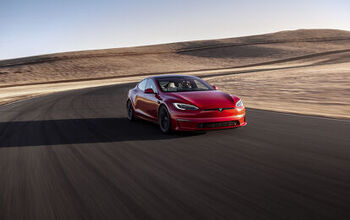
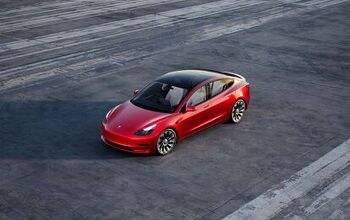
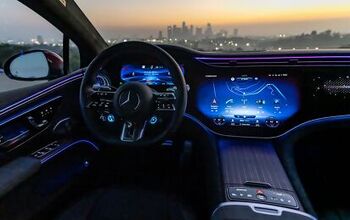
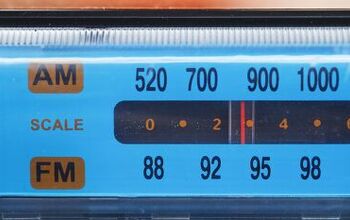
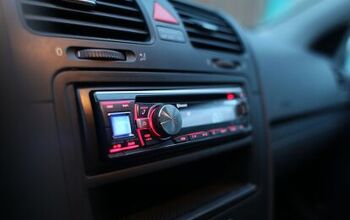
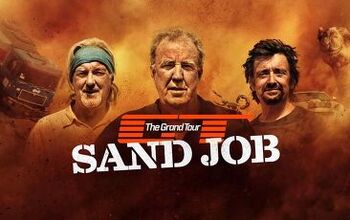

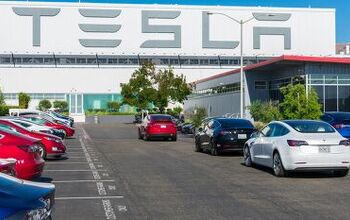
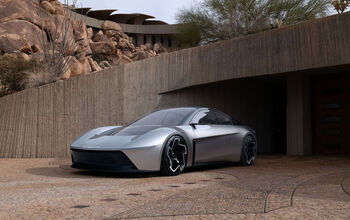
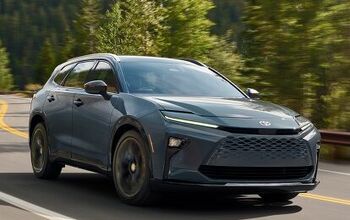
Comments
Join the conversation
And if they can't keep up with demand on their bread and butter vehicles, to the extent that they won't improve them, why in the hell do they waste time and resources on the BRZ?
A few points. First, Subaru did offer the Forester with a turbo for a few years, as others have mentioned. Apparently it didn't sell well enough to keep around for the new generation. Plus, having recently bought a CPO 2016 Forester, I think the power is sufficient given the vehicle's purpose. The CVT is programmed to allow lots of punch off the line, and it has enough power for the highway. Would I like more? Sure, but it works. Despite this, I'm a little surprised we haven't seen broader application of turbo engines in Subaru's U.S. lineup, because a few years ago they developed a 1.6T for JDM models that would seem ideal for the Crosstrek and possibly Forester. It would compete directly against Honda's successful 1.5T. Since this engine is on hand, the initial development costs shouldn't be too high. (For a while, I harbored some hope that we'd see a tuned version of the 1.6T in the BRZ, but we all know how that's gone.)